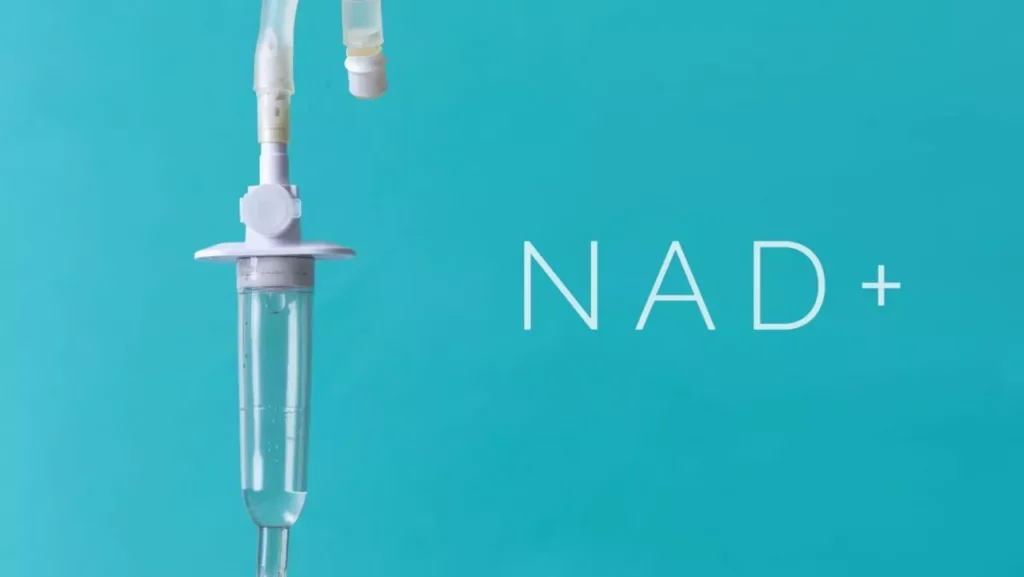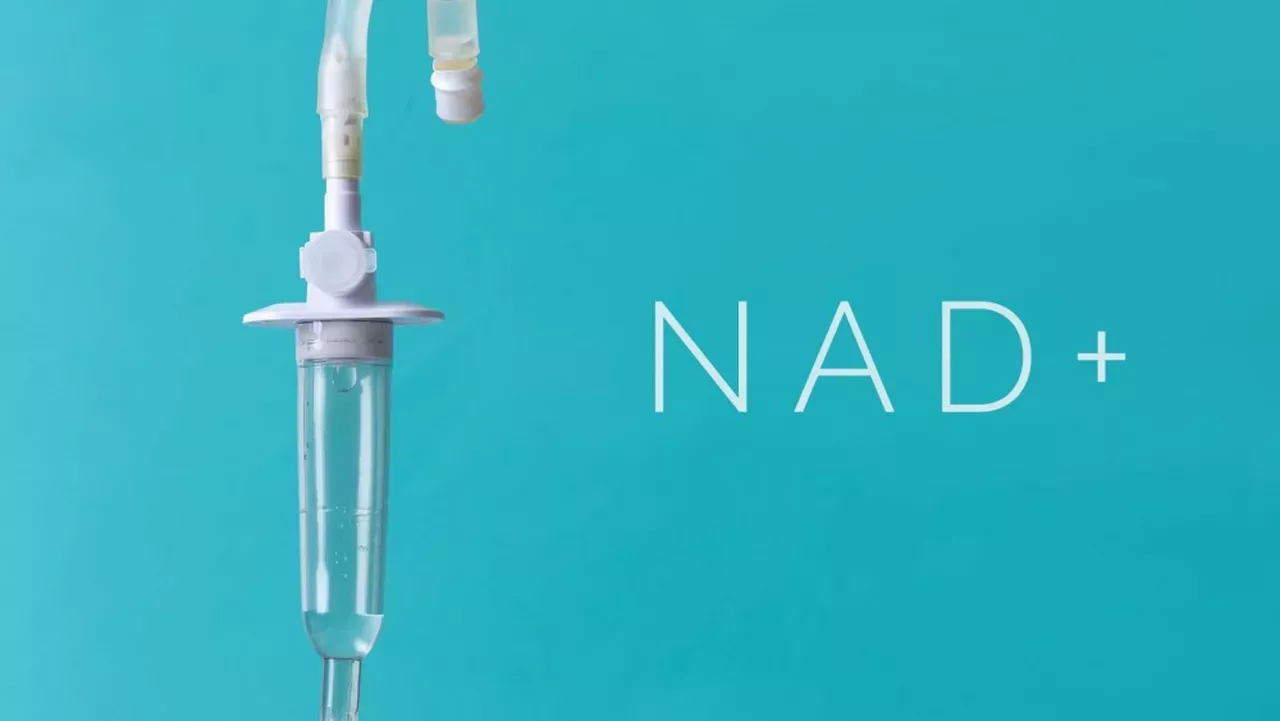
NAD+, NAD BR+ and Why They Matter
Nicotinamide adenine dinucleotide (NAD+) has been getting a lot of attention recently for its relationship to aging. For those of us who are new to NAD, it’s an amazing, naturally occurring coenzyme that plays a crucial role in our health, including injury prevention and healing.
Want a quick tip to reverse aging and disease processes? Want to learn more about how fasting can support overall health? Want to understand what might be behind mental health challenges, addiction, chronic symptoms or chronic injury? NAD might be the key.
NAD has the ability to protect tissues, induce DNA repair and increase lifespan. Stress and inflammation lead to decreased levels of NAD. A nutrient-poor diet, and/or malabsorption, can also result in low NAD. Sub-optimal levels of NAD are often associated with health problems including addiction, degenerative diseases, anxiety, depression, PTSD, sleep disorders and autism.
There are many ways to increase your levels of NAD. First, for those who are interested, we’re going to jump into a little biochemistry to explain why NAD is so important. Don’t worry, its not too heavy and if you’re not interested you can skip to the end.
NAD is the rate limiting step, or “bottleneck”, for cell signaling. It’s also the control for many intracellular processes including DNA repair, apoptosis and telomere maintenance. DNA repair prevents damaged cells from causing further problems in our bodies such as cancer. Apoptosis is the body’s ability to identify damaged cells and kill them. Telomeres are like ends of our DNA. I like to think of them as the plastic ends on shoelaces; if they’re damaged, the DNA doesn’t replicate properly and the sequelae of aging ensues.

Telomere length is one way to measure your biologic age, (how old your body is) vs chronologic age (how many years your body has lived).
Check out this diagram of the Krebs cycle.

You’ll see some of the locations NAD+ is used in our metabolic systems. NAD is converted to NADH in metabolic pathways and the optimum NAD/NADH ratio is 700/1! In addition to apoptosis, DNA repair and telomere length, NAD also plays an important role in sirtuins.
Sirtuins are also getting a lot of buzz for their anti-aging effects. They regulate nuclear transcription and are intricately involved in the regulation of aging. A decreased NAD/NADH ratio suppresses the activity of Sirtuins. Oxygen indirectly catalyzes cellular reactions using NAD. Anything that causes decreased oxygen utilization results in a decreased ability of the mitochondria to recycle the NADH to NAD and the NAD/NADH ratio is decreased. A decreased ratio causes increased lactic acidosis, decreased apoptosis leading to cancer, increased protein catabolism and increased intra-cellular free radical stress. Basically a decreased ratio is the genesis of all chronic disease. If you’d like to learn more you can read these articles:
More info on NAD and DNA Repair:Li, et al, “A conserved NAD+ binding pocket that regulates protein-protein interactions during aging” Science, 24 Mar 2017 Vol. 355, Issue 6331, 1312-1317
More info about NAD and aging:Declining NAD Induces a Pseudohypoxic State Disrupting Nuclear-Mitochondrial Communication During Aging.Gomes AP, Price NL, Ling AJ, et al. Cell. 2013 Dec 19;155(7):1624-38
So how do you increase your NAD levels?
You can increase your levels naturally by taking niacin, fasting and calorie restriction, physical exercise and glucose depletion. All of these things will also help to increase health and longevity. While these natural approaches work, they do take some time.
You can also take NAD supplements. The fastest way to get your NAD levels up are with NAD IV treatments which directly raise your NAD levels. NAD BR+ is NAD Brain Restoration Therapy which is a nutrient-based IV therapy, pioneered by Dr. Richard Metsayer, that restores NAD. The NAD BR+ proprietary supplements are thought to be the best on the market by many. It’s important to know that if you have genetic mutations in your ability to methylate, the most common being the MTHFR gene, you will need to make sure you supplement with methyl donors such as creatine, trimethylglycine (betaine) or folate.
Activated Oxygen Therapy can also increases NAD levels. We’ll talk about that in another blog article.

